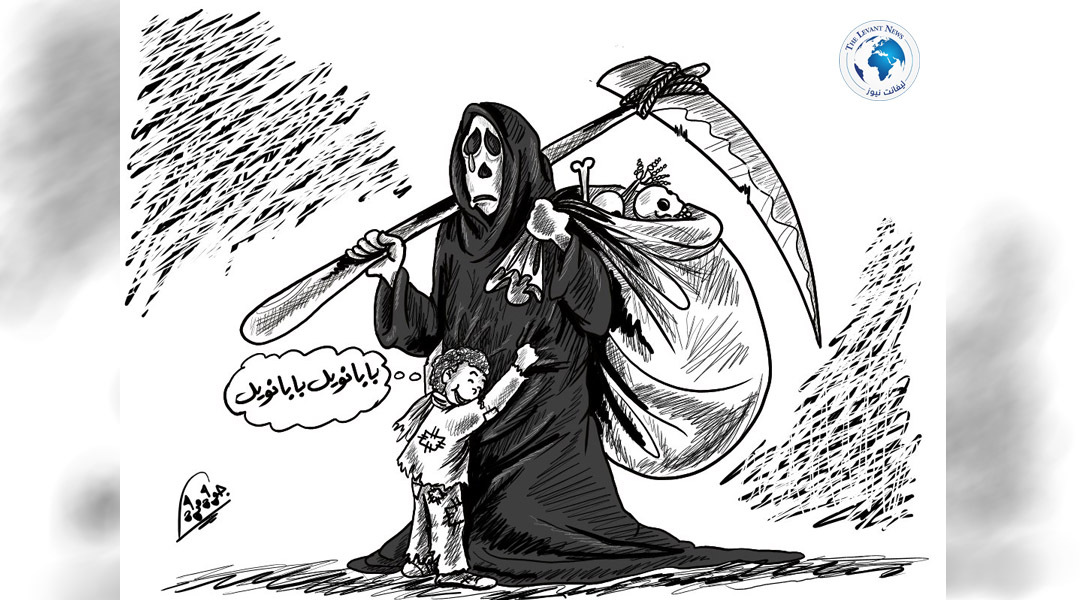-
Living Testimonies from Sweida: Massacres and Violations Exposed by a Survivor

Writer and Syrian doctor Najiha Abdul-Samad documents vivid testimonies from the city of Sweida, which in July 2025 witnessed massacres and crimes that shook the region’s foundations. She accuses the Syrian government and "powder keg" factions of Arab tribes of being responsible. In this context, Abdul-Samad shares the testimony of nurse S. F. from the Al-Muqaus neighborhood, who recounts bloody chapters of violations witnessed in the city.
S. F. was not the one who initiated providing her testimony; she showed us video clips she recorded that highlight the features of the massacre and the destruction and bloodshed it caused. One of these clips shows the governor of Sweida, Mustafa Al-Bakour, receiving a man with a head covering, amid a mysterious scene where a red badge is taken from his shoulder and handed to one of his escorts. The name “Red Brigades” is mentioned, hinting at movements linked to political and tribal interests.
S. F. recalls how she moved between neighborhoods over more than two decades, maintaining good relationships with residents of different sects and components. She notes how gradual changes began to invade the community after the regime took power. She says they used to treat her house as a shrine, and she encouraged her daughters to pursue education. But after the new government’s dominance, Bedouins started returning in large numbers, cutting down trees, attacking property, and clashes increasing, along with rising fear and losses.
One day, the Bedouins suddenly evacuated the neighborhood and began building luxurious houses. Later, it became clear that those protests were backed by weapons and organized displacement campaigns. S. F. remembers that some of her relatives, prominent local traders, gradually deviated from their social fabric amid constant fears of armed cells and raids.
In a tragic manner, she details the massacres, beginning with intense gunfire in the Talaliyat neighborhood, the fall of martyrs, and documenting scenes of blood and destruction. She describes how Syrian forces, supported by tribal militias, used machine guns and rifles violently, systematically executing killings and revenge operations. Scenes of houses being shelled and forces stationed on rooftops reflect the escalation and chaos, which left hundreds of victims, including children and women.
The following day, a large number of Bedouin families were forced to evacuate, and plans for unofficial militarization of the area began, with a role exchange between government forces and tribes. This pushed residents to hide in their homes out of fear of arrests and random killings. Gunshots, hiding attempts, and memories of violence remain vivid in the minds of those who survived, reliving endless scenes of brutality.
By late July, they saw security forces dressed in Public Security uniforms intervene after a dense deployment of armed Bedouin forces, in a painful scene illustrating the dominance of chaos over the city, turning it into an internal battlefield with no way out. S. F. expressed her regret for surviving, stating that what happened proves the involvement of multiple parties in killing and looting, as evidenced by video clips showing tribal leaders claiming affiliation with security agencies, while theft and sabotage escalate.
The testimony concludes with a bitter admission: the city now lives under siege, deprived of the most basic human rights to healthcare. Response centers for the wounded operate with minimal supplies—lacking medicines and bandages—leaving the city's wound bleeding while its hands are tied by chaos and division.
You May Also Like
Popular Posts
Caricature
opinion
Report
ads
Newsletter
Subscribe to our mailing list to get the new updates!






















